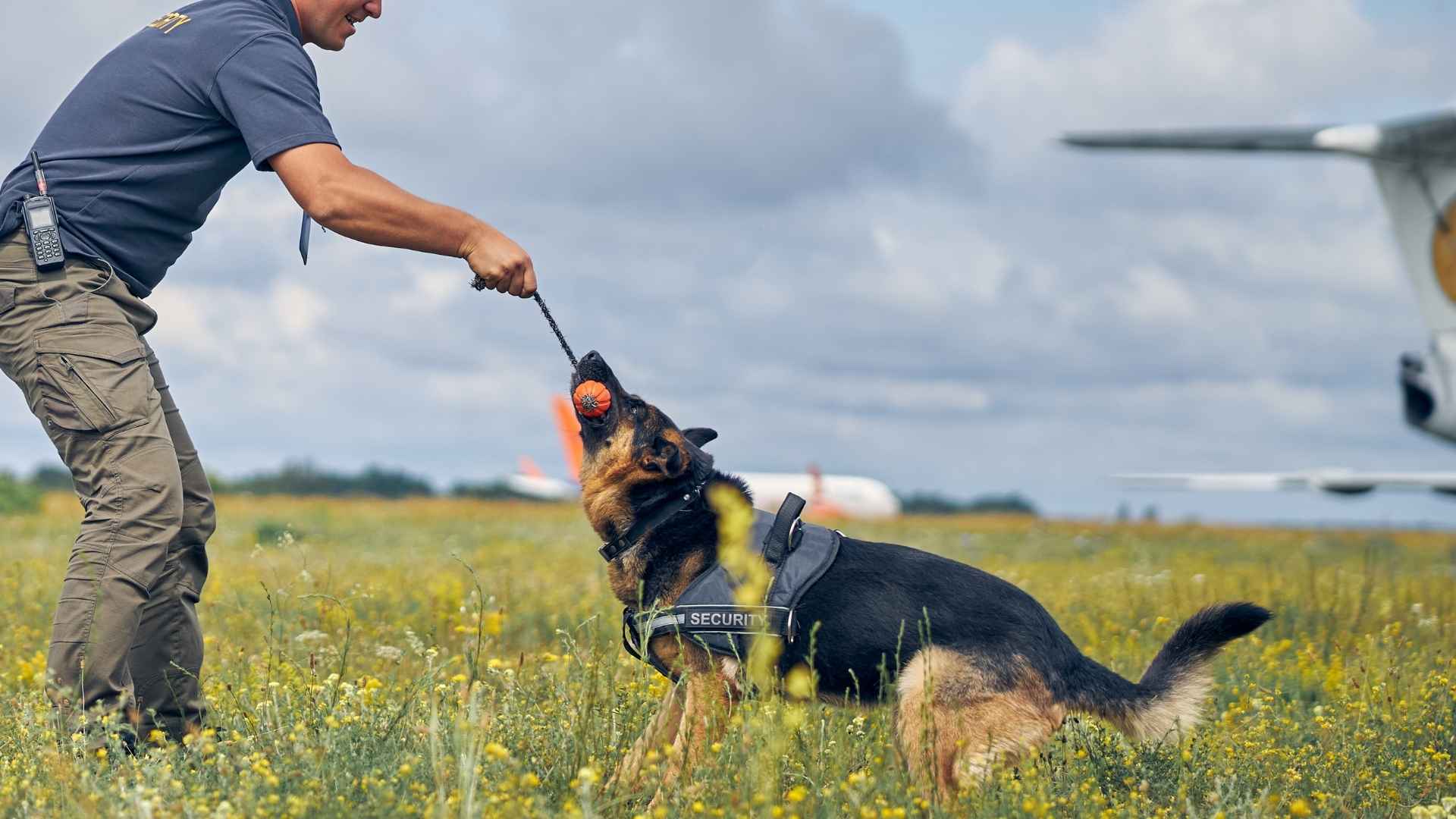Imagine trying to teach a teenager to clean their room for 15 years straight. That’s basically what you’re signing up for with some of these long-living doggo divas.
They’re not bad, they’re just… passionate. Passionate about ignoring commands, challenging your patience, and stealing snacks when no one’s looking.
Still, they’re the VIPs of the dog world, Very Independent Pup-stars. They’ll keep you on your toes and in your feels, year after glorious year.
It’s not just about obedience, it’s about outsmarting a furry mastermind who has nothing but time. Literally. You’ll need clever tricks, firm love, and maybe a hidden stash of treats.
So if you’re dreaming of a canine companion with a long shelf life and a rebellious streak, you’re in the right place. These dogs will test you, love you, and leave you laughing all the way to forever. Read on—you’ve been warned!
7 Challenging Dog Breeds to Train with a Long Lifespan
1. Chihuahua
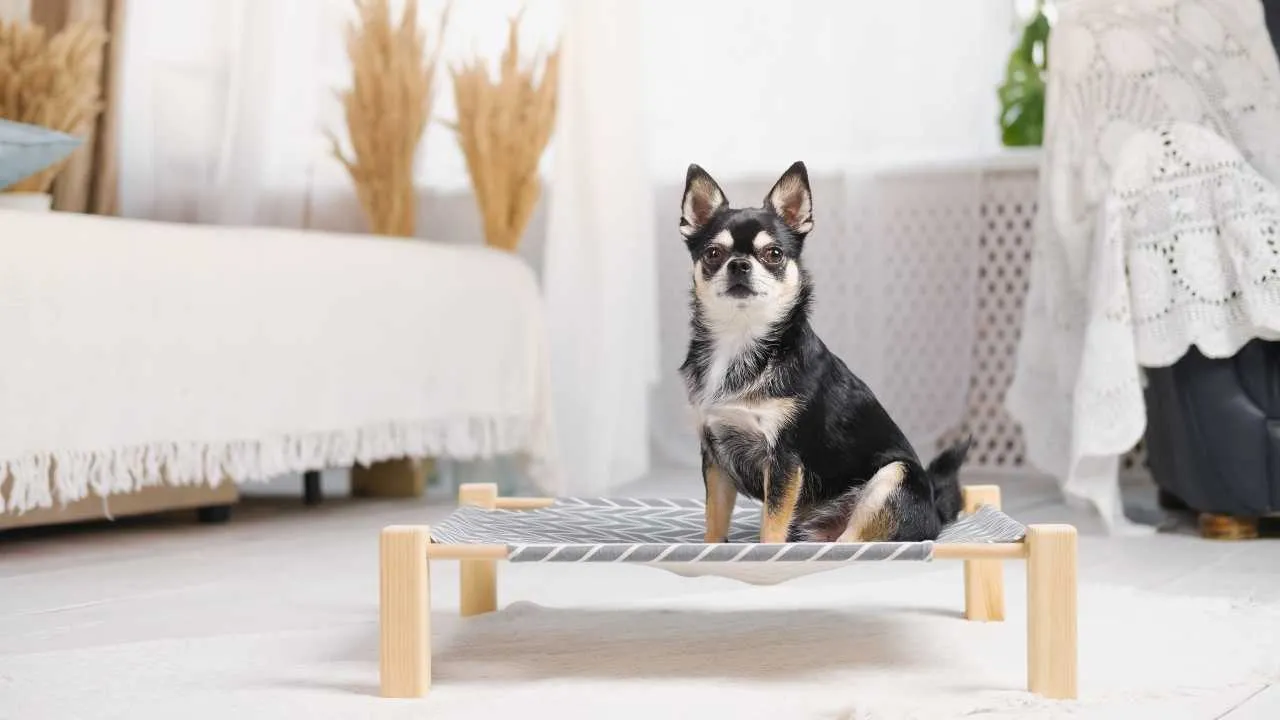
Born in Mexico and roughly the size of a grande latte, Chihuahuas were once believed to be sacred. Now? They’re just sassy royalty in a fur coat. Despite their petite frames, these tiny tyrants have hearts bigger than their bark—and boy, do they bark.
Chihuahuas are smart enough to know exactly what you want, and petty enough not to do it. Training one is like convincing a cat to file taxes: technically possible, but emotionally scarring. They’ve mastered the art of looking cute while ignoring every command you throw their way. And yes, they absolutely judge your treat choices.
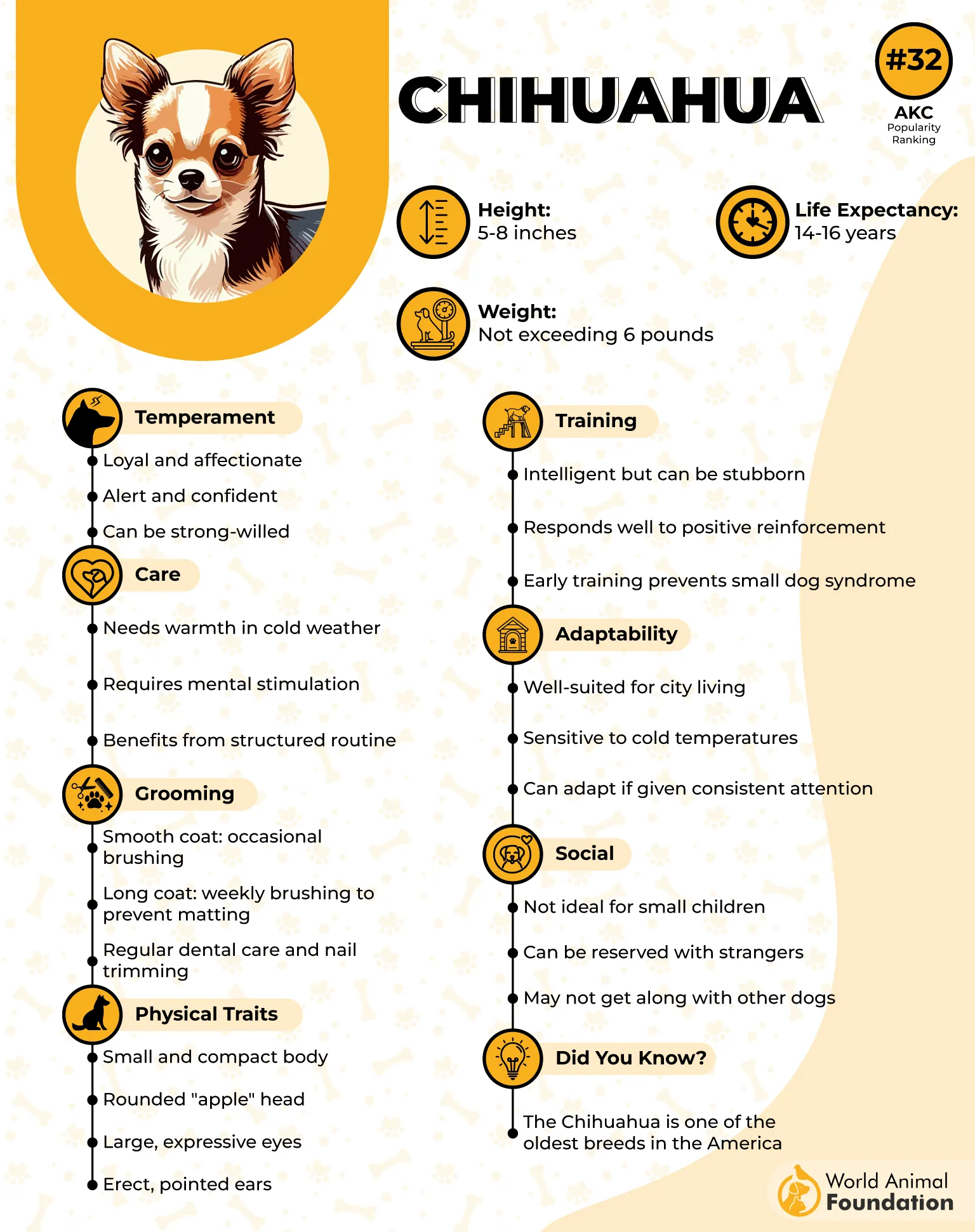
They crave attention but want it their way—preferably with a warm lap, zero rules, and top-tier snacks. Socialization is crucial early on; otherwise, they’ll act like every stranger is an alien invader. Give them structure, or they’ll run your house like a velvet-pawed dictator.
PDSA explains that mental stimulation works wonders—just don’t expect fetch. Chihuahuas prefer brain games over cardio. They’re less “let’s hike” and more “let’s judge hikers from the window.”
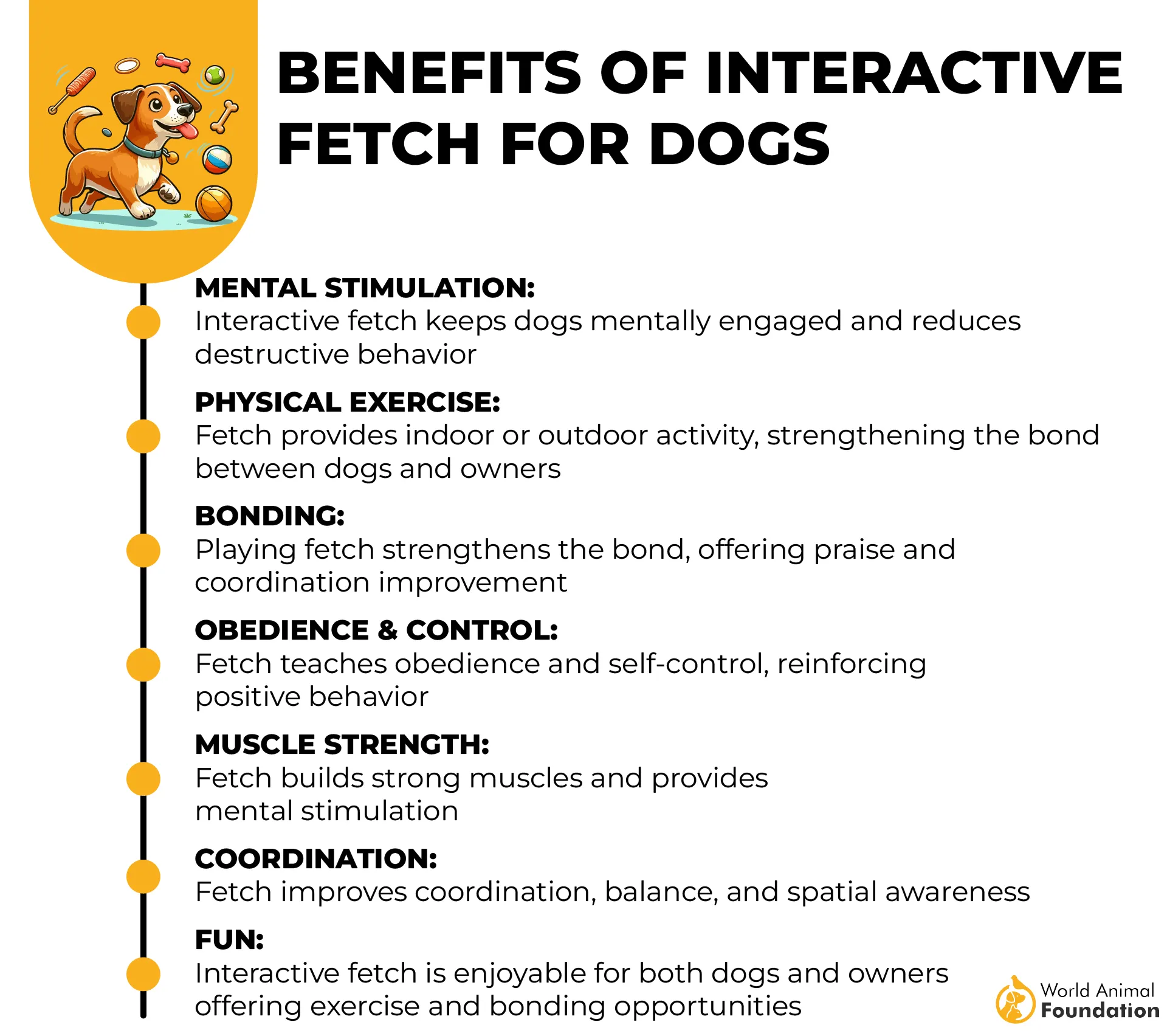
Surprisingly healthy for such a drama queen, Chihuahuas can live 14–17 years—long enough to outlast three smartphones and one ex. That’s a lot of attitude per pound over a lot of years.
And yes, they know they’re cute. That’s why they never listen the first time. Or the second. Welcome to Chihuahua ownership: small dog, big personality, endless comedy.
2. Dachshund
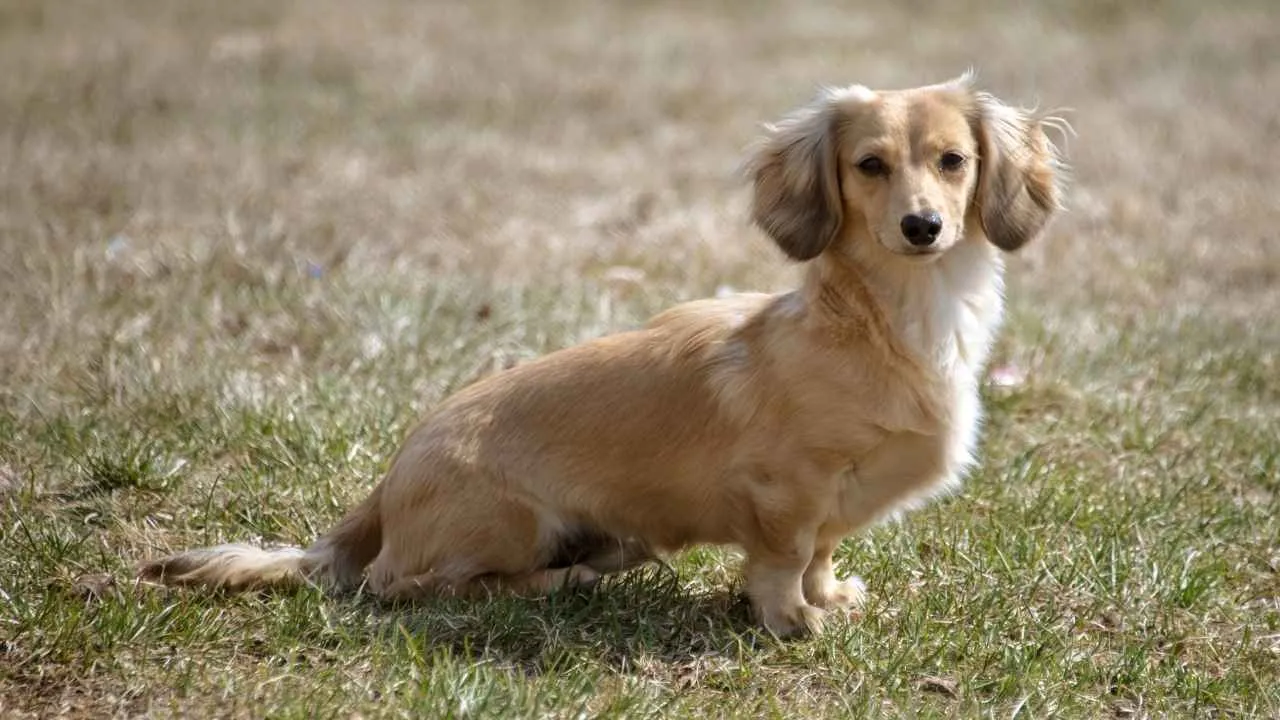
Originally bred to hunt badgers, Dachshunds are basically stubborn. They’ve got the nose of a bloodhound and the attitude of a retired detective who’s “seen things.” Short legs, long body, and a refusal to do anything that wasn’t their idea first. These dogs don’t follow orders—they negotiate terms.
Training a Dachshund requires Jedi-level patience and an unshakable poker face. Say “sit,” and they’ll say, “Why?” Offer a treat, and they’ll still debate it. They’re smart—too smart—and often use that intelligence to escape crates, outwit gates, or gaslight you into thinking they did come when called.
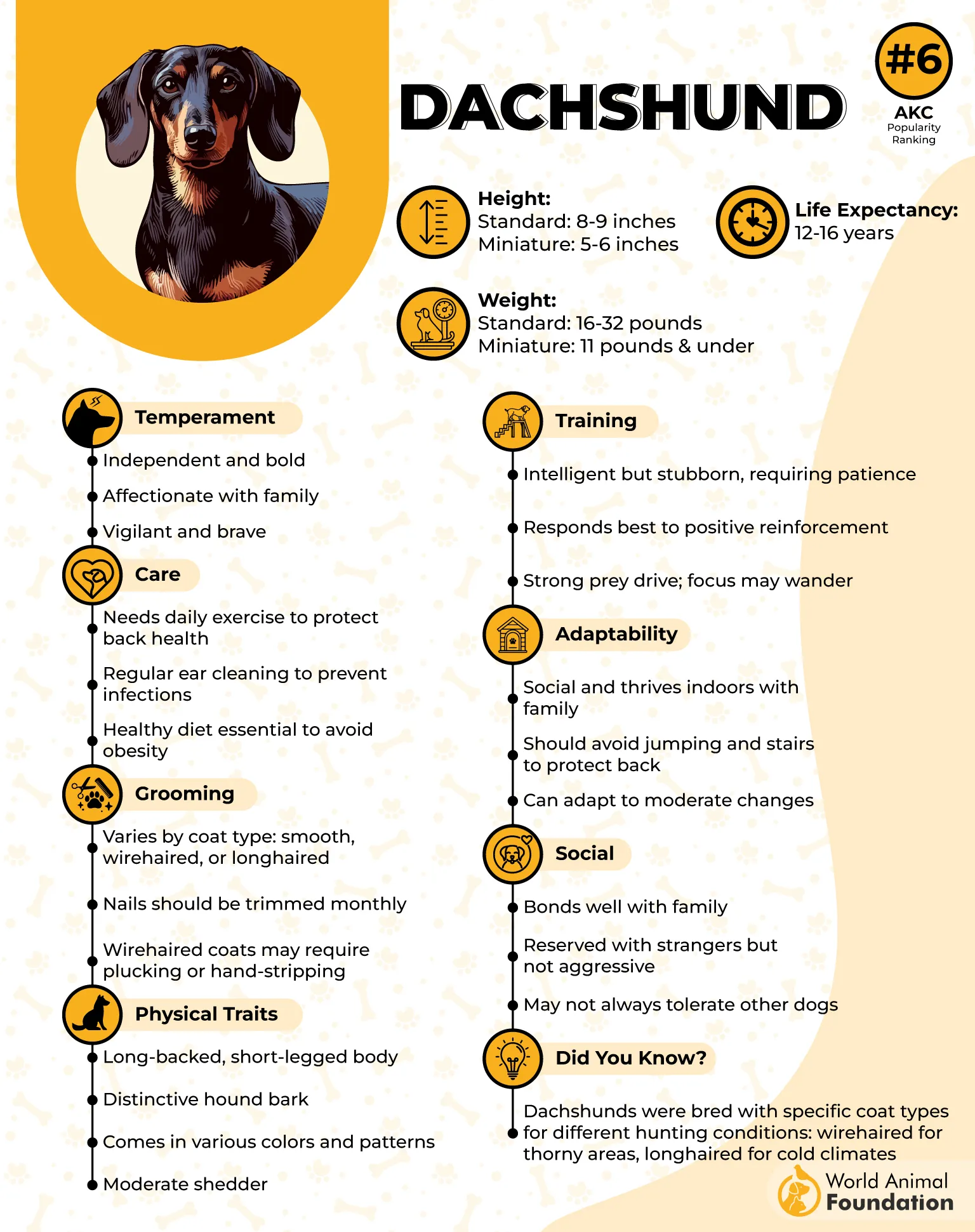
They’re brave, bold, and ready to fight the vacuum cleaner every time it roars. Activity-wise, they love digging and sniffing out old sandwich crumbs like they’re solving a cold case. Mental stimulation is a must, or your shoes will suffer.
These sausage-shaped rebels tend to live 12–16 years, plotting slow domination one belly rub at a time. Health-wise, watch those backs—no stairs, no jumping, no trampoline stunts (they’ll try).
They thrive in homes with humor, structure, and firm boundaries. Without that, you’ll end up with a four-legged rebel who rules from the couch and demands tributes of cheese.
3. Jack Russell Terrier
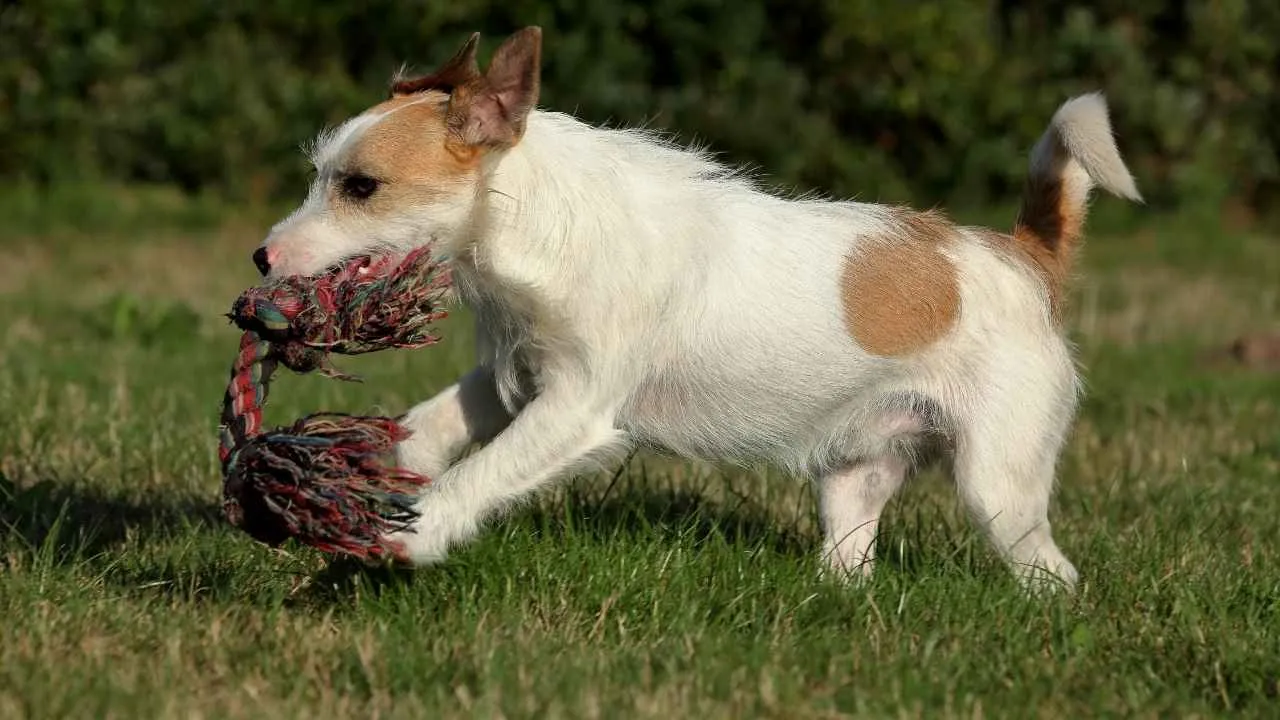
So, you want a dog that’s basically a caffeinated rocket with opinions? Meet the Jack Russell Terrier—a breed that thought the term obedience training was a personal insult. Originally bred to chase foxes, they now chase… literally anything that moves, including your patience. They’re not just highly energetic—they’re emotionally energetic too.

Training sessions? Ha. You’ll be lucky if they don’t turn them into an episode of “Catch Me If You Can: Backyard Edition.” They’re intelligent, yes—but they channel that genius into escape artistry and selective hearing. Making training feel like a game (with tasty treats) is your only shot at success.
Purina reveals that these pint-sized renegades need short training sessions loaded with positive reinforcement and zero harsh words—unless you’re fine with being ghosted in your own house. Pet parents, prepare to out-stubborn your furry friend. Good luck.
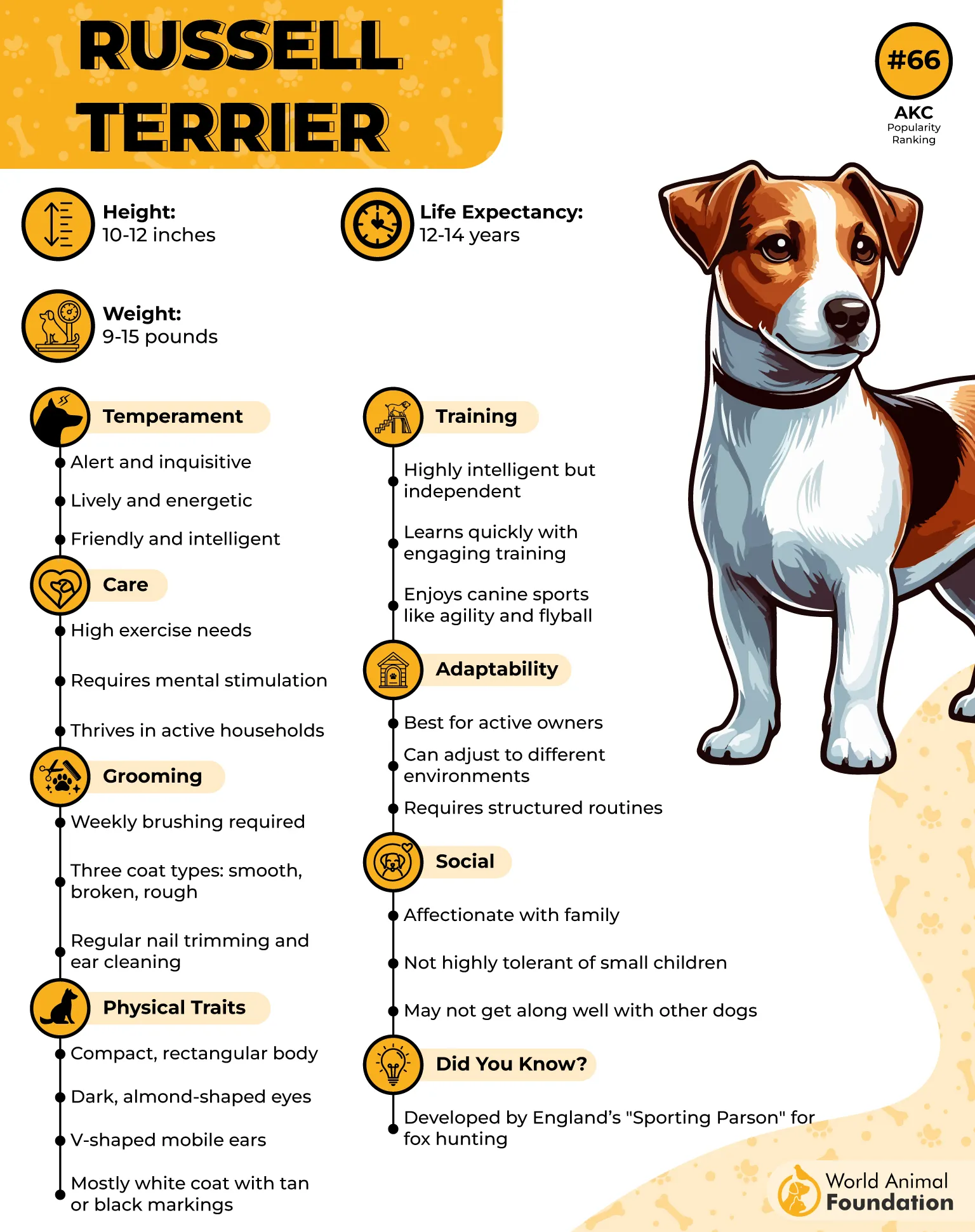
As for eating habits, they inhale kibble like it’s a timed contest, and if left unsupervised, they’ll taste-test your socks. Don’t be fooled by their size—they have the appetite of large dogs and the discernment of a raccoon in a dumpster.
Without tons of physical activity and mental stimulation, say hello to destructive behaviors and goodbye to your throw pillows. Early socialization helps… a bit. But even properly socialized Jack Russells often ignore other pets unless they’re also chaos gremlins.
This isn’t the best dog breed for a first-time dog owner unless you’re training for emotional resilience. But if you love a challenge, you’ll never be bored again. Or relaxed. Ever.
4. Beagle

The Beagle: adorable ears, soulful eyes, and a nose that ruins lives. Classified among the world’s top hunting dogs, they were bred to follow interesting smells—like the sandwich in your bag or the bacon grease on your shoes. Proper training feels optional to them; their true master is scent.
Try to call a Beagle mid-sniff, and you’ll get ghosted harder than a bad Tinder date. Even the most positive training sessions get hijacked if a squirrel sneezes three blocks away. They’re incredibly independent and easily distracted, with a prey drive that could fuel a Pixar sequel.
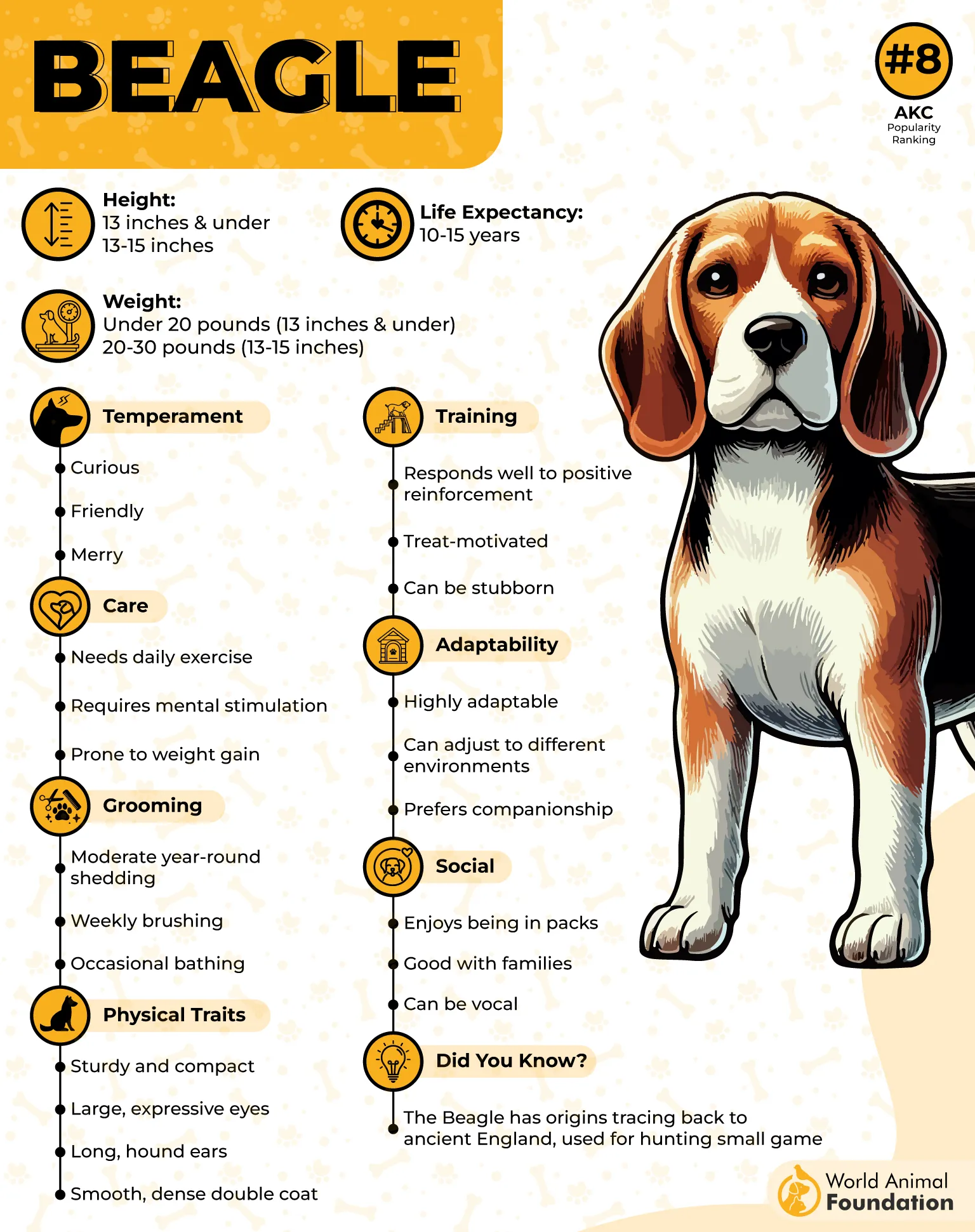
Pet parents need Jedi-level patience and the willpower not to give up after day three of obedience training. Beagles respond best to tasty treats, but beware—they’ll play dumb just to get more snacks. They’ve turned the training process into a full-blown negotiation.
Now, about those eating habits: a Beagle will eat everything. Trash? Delicious. Homework? Gourmet. The phrase “portion control” does not exist in their vocabulary—or their stomach.
If they’re not given enough physical activity and mental stimulation, they’ll invent problems for you to solve. Like how they unzipped your suitcase to steal protein bars. Early age structure helps, but their dominant streak still slips through.
They’re not guard dogs, but they will bark at ghosts, leaves, or awkward silences. Beagles are best for experienced owners who find chaos charming. Because once trained (ish), they’re loyal, lovable, and totally worth the madness. Probably.
5. Afghan Hound

An Afghan Hound will make you question who’s walking whom, emotionally and literally. With ancient roots as elegant hunting dogs, they look like shampoo models and act like elusive artists. They were built for speed, not for obedience training, which they view as beneath them. If independent thinkers had a mascot, this would be it.
They float through life with extreme independence and absolutely no interest in what you’re asking them to do. The training process feels more like you’re auditioning to be their assistant. Short training sessions with positive reinforcement are a must, right after their spa day and existential nap.
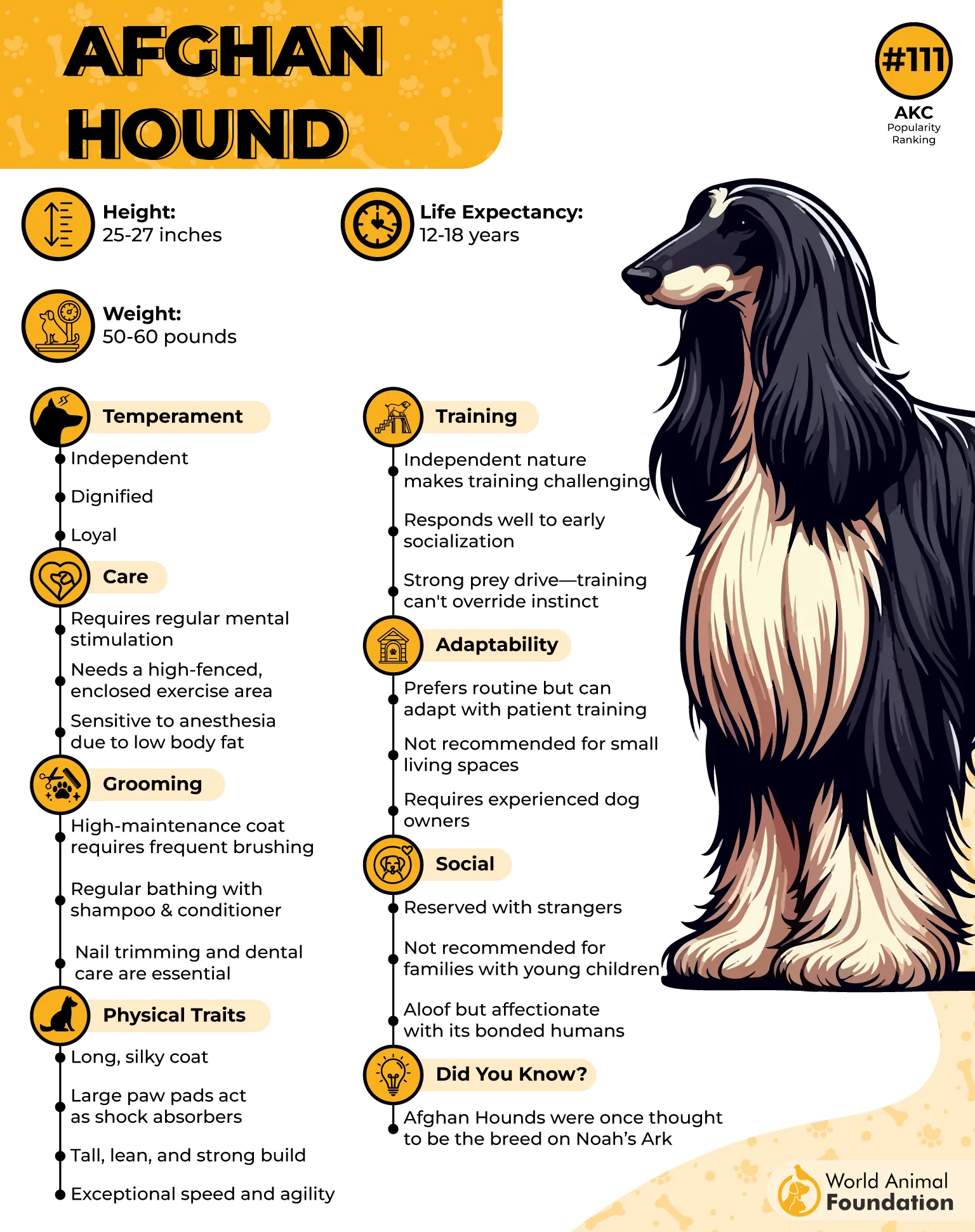
Food motivation? Only if it’s gourmet. These dogs are picky eaters with a diva-level palate; your basic kibble may as well be gravel. Good luck finding tasty treats they don’t turn their nose up at.
Don’t expect them to sit, stay, or care about other dogs or other pets—unless those pets are mirrors. Then it’s game on.
Despite their aloof vibes, they need physical activity and mental stimulation, but only on their terms. Try too hard, and they’ll ghost you harder than your group chat after brunch plans.
AKC suggests that they are not ideal for a first-time dog owner, unless you’re emotionally prepared to be ignored by someone who lives rent-free and looks stunning while doing it. They’re not just pets—they’re mood boards with legs.
6. Australian Cattle Dog
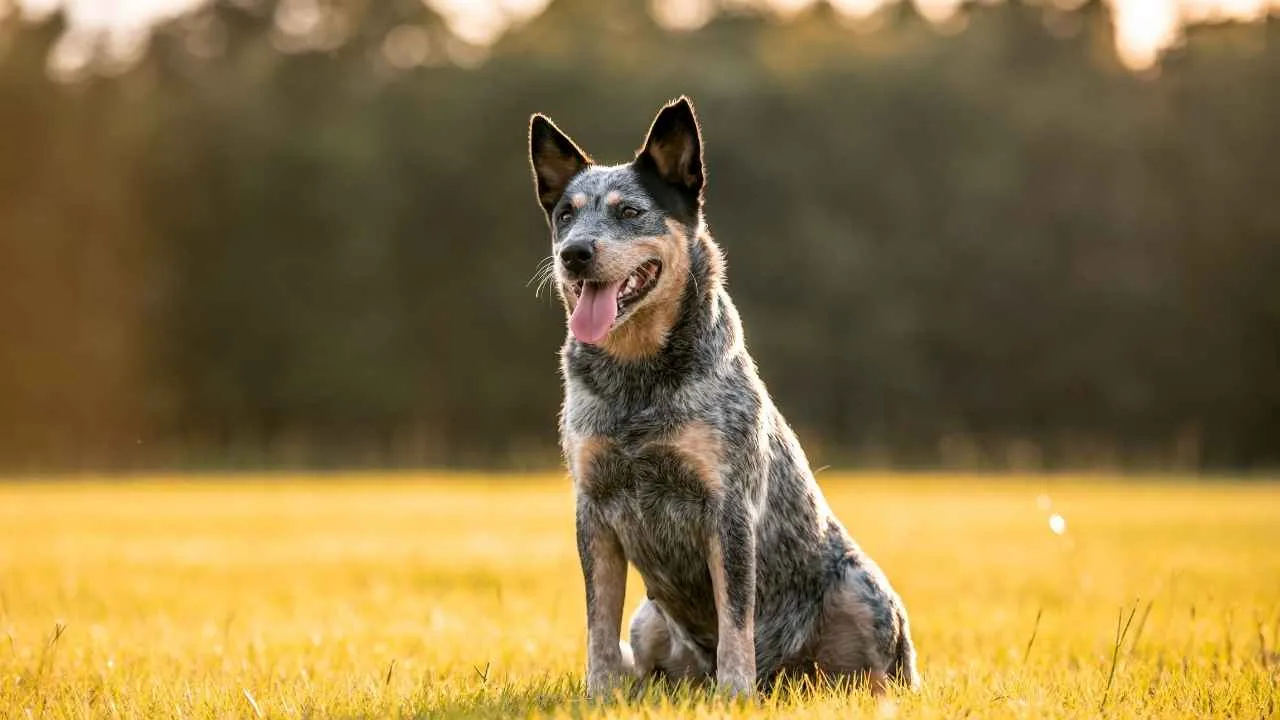
This dog wakes up every day asking, “What’s the mission?”—and if you don’t have one, it will create chaos. Originally bred to herd cattle (and probably people), the Australian Cattle Dog is highly energetic with a side of “don’t tell me what to do.” It’s a breed made for experienced owners who enjoy being bossed around by their pets.
Forget casual strolls—this dog expects structured training sessions and a full-time job. Properly trained, they’re incredible partners. Improperly trained? You’ll be chasing your wily genius across three zip codes. And yes, they will win.
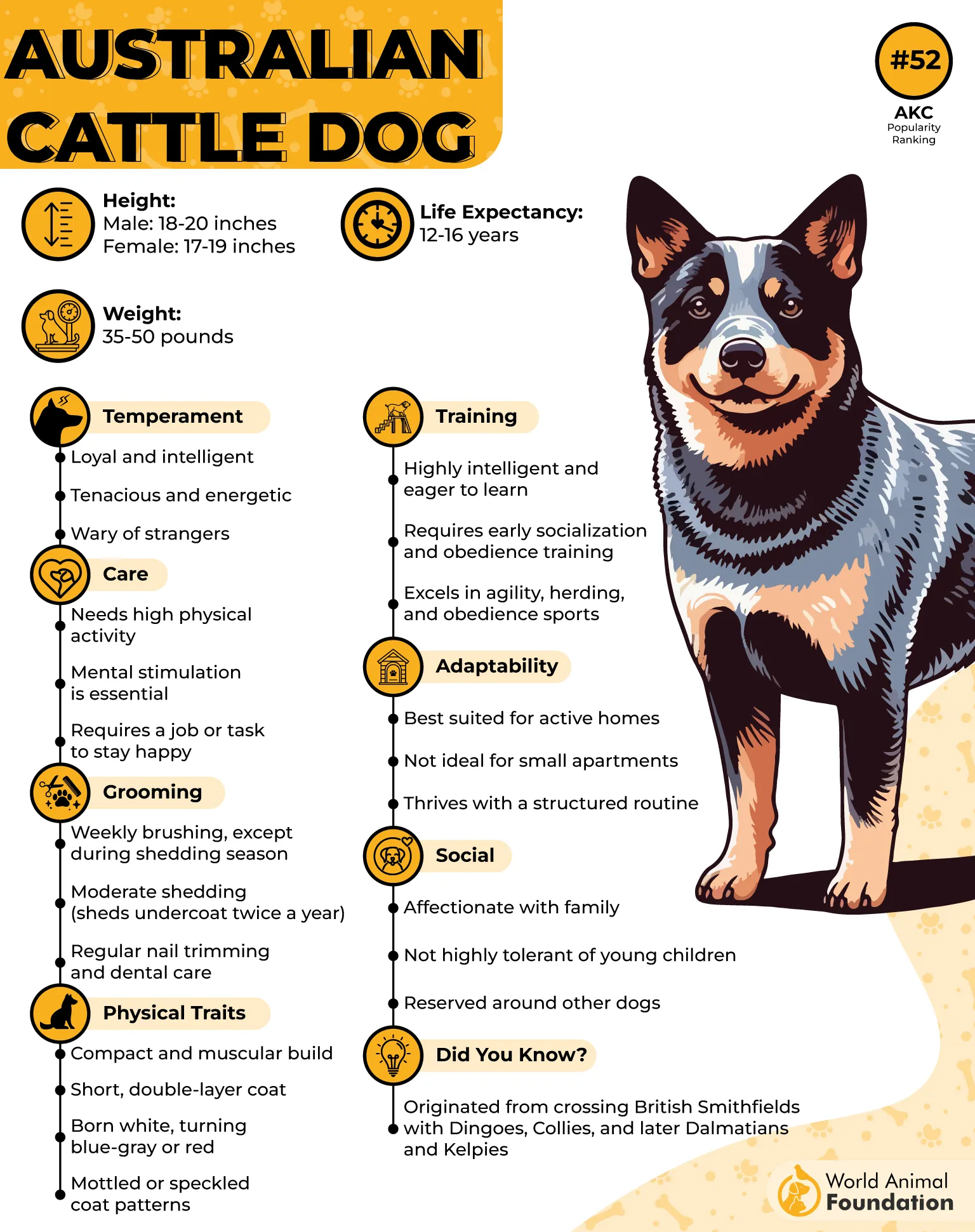
Their eating habits are as practical as they are: no-nonsense, but prone to sneaking other animals’ food. Keep them on a balanced diet and resist the urge to reward every intense stare with snacks—they know what they’re doing.
Early socialization is crucial; otherwise, that dominant streak kicks in like a caffeinated life coach. Training isn’t optional—it’s survival.
They’re not lap dogs; they’re co-workers who never call in sick. Give them plenty of mental stimulation, or they’ll redesign your backyard with their paws. Think less “companion” and more “project manager with fur.”
This is not the right dog for people looking for chill vibes. But if you crave structure, respect, and 24/7 intensity from your furry friend, you’ve met your match.
7. Alaskan Malamute
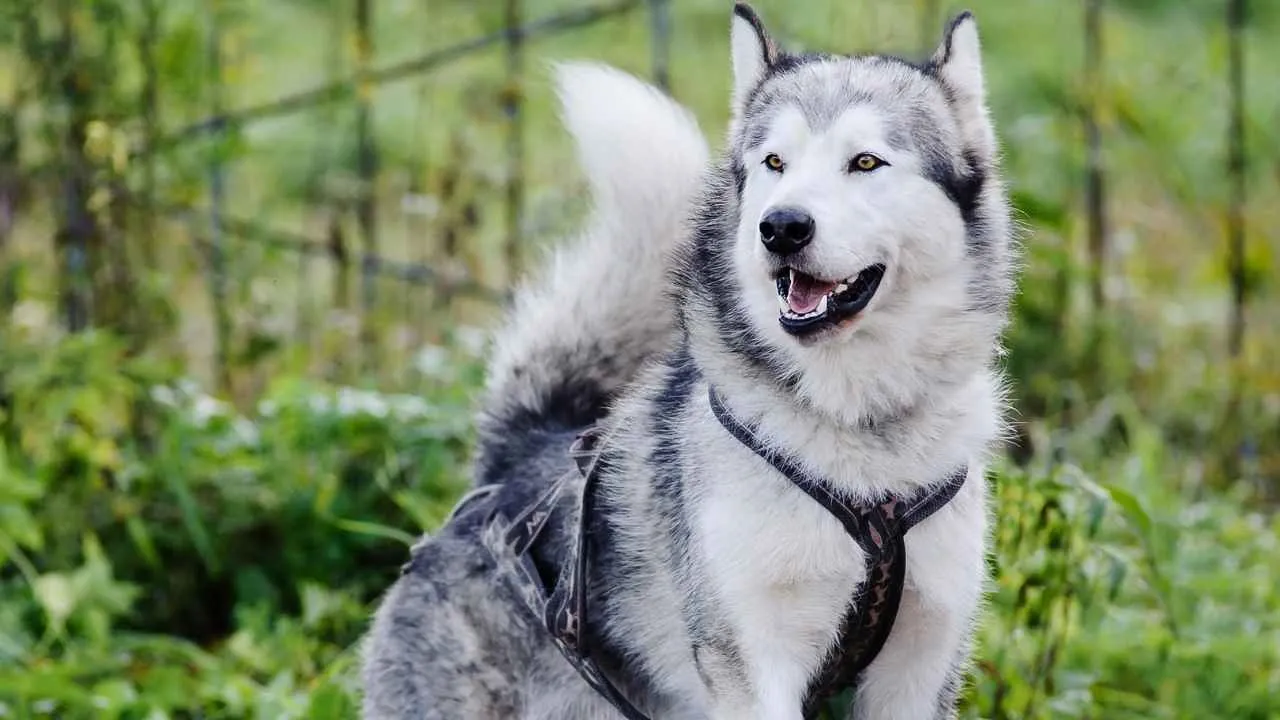
The Alaskan Malamute: majestic, massive, and silently plotting your training downfall. Originally bred to haul heavy loads across Arctic tundras, they now prefer dragging you emotionally across every training attempt. Obey commands? Only when the moon is right and you’ve earned it.
This breed redefines independent thinking. They aren’t just stubborn—they’re philosophical about it. Training sessions must be short, sweet, and powered by bribery. Anything less, and they’ll yawn in your face.

Food? They eat like large dogs who’ve wrestled a bear for breakfast—hearty, frequent, and always sniffing for more. Portion control isn’t just helpful—it’s a safety protocol for your fridge. Hide the snacks.
Early age training helps, but don’t expect miracles. Even properly socialized Malamutes like to test limits. Constantly.
They’re incredibly loving, but not ideal for small homes or lazy schedules. Without enough physical activity, they’ll turn your furniture into performance art.
To sum it up: stunning to look at, hilarious to train, and an expert in canine behavioral assessment, of you.
Final Thoughts
And there you have it—seven furry friends who’ll test your patience, steal your snacks, and live long enough to keep doing both for over a decade. If you’re after the best dog breed for entertainment and endurance, these lovable rebels check every box—especially the “a bit challenging” one.
Training these dogs isn’t for the faint of heart or light of treat pouch. But with proper training, early socialization, and the occasional sanity break, you’ll unlock their brilliance. Just remember: short training sessions, tasty bribes, and zero harsh words.
Thinking of joining the wild ride? Be sure to chat with your local dog trainer and consider your living situation—not every home is ready for a high-energy dog with strong opinions. Not sure? Take a risk questionnaire before you commit.
And while we focused on the sneakiest, sassiest slow learners, we tip our hats to honorable mentions like the Basset Hound (yes, basset hound image credit to those sad eyes), Siberian Husky, Shiba Inu, border collie, and Chinese Shar Pei. Oh, and let’s not forget Boston terrier, Scottish terrier, Wiener dogs, and even the silent rebel—the barkless dog.
From popular breeds to smaller dog breeds, every pup brings their own blend of chaos and charm. Whether you’re chasing the hardest breed or one that loves to play fetch with your patience, training is about love, limits, and lots of laughs.
Got a wild pup of your own? Share your tales, tag a fellow family member, or drop your favorite training tip in the comments. Who knows—your story might be the one that helps the next brave soul survive puppyhood.


